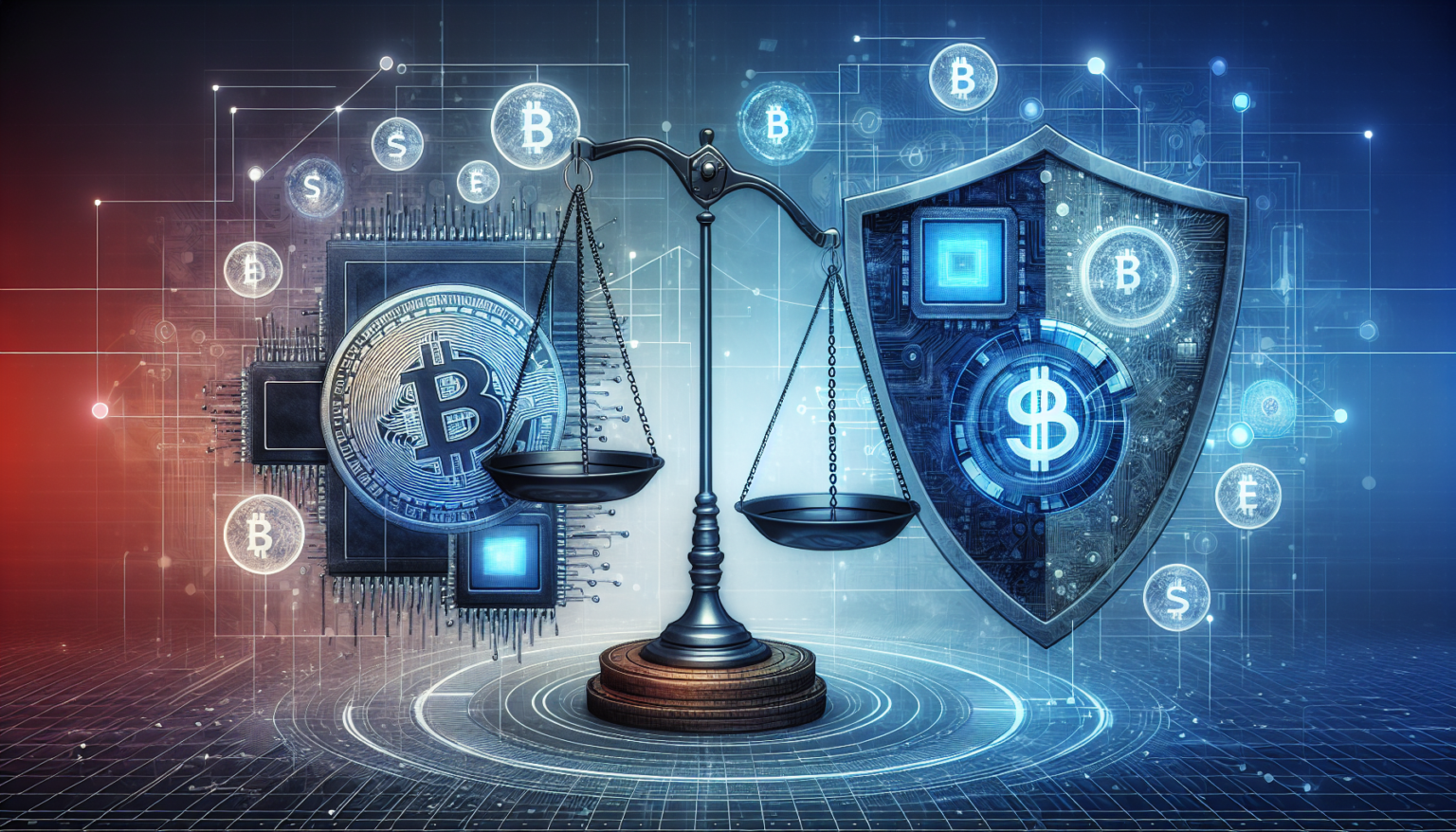Understanding AI Trading Risks
Market Risks
AI traders operate in dynamic markets subject to volatility and rapid changes. Market risks include price fluctuations, unexpected market events, and geopolitical factors. These can lead to significant gains or losses based on how effectively an AI system interprets and reacts to real-time data.
Model Risks
Model risk arises when the algorithms used by AI traders produce inaccurate predictions. This can be due to incorrect assumptions in the model, inadequate data, or failure to adapt to changing market conditions. It’s essential to regularly validate and backtest these models to understand their limitations and performance.
Operational Risks
Operational risks cover a broad spectrum, including technical failures, system outages, and cybersecurity threats. AI systems rely on the integrity and security of data inputs as well as computational processes. A cyber-attack or a malfunction in hardware or software can disrupt operations, leading to significant financial loss.
Regulatory Risks
The financial landscape is heavily influenced by regulations that govern trading practices. AI traders must be aware of compliance requirements, data protection laws, and trading regulations that vary by jurisdiction. Failure to adhere to these can lead to fines, penalties, and reputational damage.
Components of a Risk Management Framework
Risk Identification
The first step in developing a risk management framework is identifying potential risks associated with AI trading. This process involves brainstorming, reviewing historical data, and consulting with stakeholders. Each risk should be assessed for its potential impact on trading operations.
Techniques for Risk Identification
A variety of techniques exist for identifying risks, including:
– **SWOT Analysis**: Evaluating strengths, weaknesses, opportunities, and threats can highlight potential risk areas.
– **Scenario Analysis**: Developing best-case and worst-case scenarios helps visualize possible outcomes of AI trading decisions.
– **Expert Consultations**: Engaging with experts from various fields can offer insights that may not be apparent from internal analysis alone.
Risk Assessment
After identifying risks, the next step is to assess their significance. This involves analyzing the likelihood of each risk occurring and the potential impact it may have on the AI trading strategy. A common method is to use a risk matrix that categorizes risks into threshold levels like low, medium, and high.
Quantitative and Qualitative Assessment
– **Quantitative Assessment**: This method utilizes numerical data to evaluate risk, employing statistical techniques to predict financial impact and loss probabilities.
– **Qualitative Assessment**: Involves subjective analysis based on experience and judgment. This is useful for risks that are difficult to quantify, such as regulatory changes or reputational damage.
Risk Mitigation Strategies
Once risks are assessed, organizations must formulate effective mitigation strategies. Each risk identified should have a corresponding response that outlines how to minimize its impact.
Developing Mitigation Plans
Mitigation plans may include:
– **Diversification**: Spreading investment across various assets to reduce exposure to market volatility.
– **Model Improvement**: Regular updates and training of AI models based on new data and changing market conditions.
– **Cybersecurity Investments**: Implementing robust security measures to safeguard against operational risks.
Monitoring and Reviewing Risks
Risk management is not a one-time effort but an ongoing process. Continuous monitoring allows organizations to keep track of identified risks and remain vigilant for new ones that may arise.
Establishing Key Risk Indicators (KRIs)
KRIs are vital in measuring risk exposure and performance over time. These indicators can signal potential deterioration in risk management, allowing organizations to act proactively. Common KRIs in AI trading include:
– **Volatility Metrics**: Monitoring deviations in asset prices can indicate market risk levels.
– **Trading Volume Analysis**: Significant changes in trading volume may signal upcoming shifts in market behavior.
– **Error Rates in AI Predictions**: Tracking inaccuracies in predictions can identify potential model risks.
Documentation and Reporting
Effective risk management requires thorough documentation. Organizations should maintain records of identified risks, assessments, mitigation strategies, and monitoring results. Regular reporting to stakeholders ensures transparency and builds trust.
Establishing a Risk Governance Structure
Roles and Responsibilities
A clear governance structure is crucial for effective risk management. Leaders must define roles and responsibilities within the organization, ensuring that everyone understands their contribution to managing risks.
Creating a Risk Management Committee
Forming a dedicated committee can facilitate discussions around risk management. This body typically comprises representatives from various departments, including trading, compliance, IT, and risk management.
Training and Awareness
Educating staff about risks associated with AI trading is essential for fostering a risk-aware culture. Regular training sessions can help ensure everyone is up to date on compliance, operational procedures, and how to recognize risks in real-time.
Implementing a Reporting Culture
Encouraging open communication about risks can help employees feel comfortable reporting concerns. A non-punitive environment fosters trust and ensures that issues are addressed promptly.
Leveraging Technology in Risk Management
Automated Risk Management Tools
Several technological solutions can aid in automating aspects of risk management. AI and machine learning tools can process vast amounts of data to identify trends and potential risks in real-time.
Integrating Real-Time Analytics
Real-time data analytics can provide immediate insights into emerging risks. AI traders can utilize these analytics to adjust their strategies dynamically, potentially avoiding losses before they occur.
Predictive Modeling
Using predictive models helps organizations forecast future risks based on historical patterns and current market trends. This proactive approach enables traders to prepare for anticipated market shifts or potential disruptions.
Implementing Machine Learning Algorithms
Machine learning algorithms can be trained to recognize patterns and anomalies in trading behavior, informing traders of potential risks before they escalate. Continuously updating these algorithms ensures relevance in shifting market dynamics.
Collaboration with Third-party Providers
Establishing partnerships with external risk assessment and technology providers can enhance an organization’s risk management capabilities. These collaborations can bring expertise and advanced tools into the internal framework.
Benchmarking Against Industry Standards
Regularly benchmarking risk practices against industry standards allows organizations to identify gaps and areas for improvement, ensuring they remain competitive and compliant in their risk management approach.








